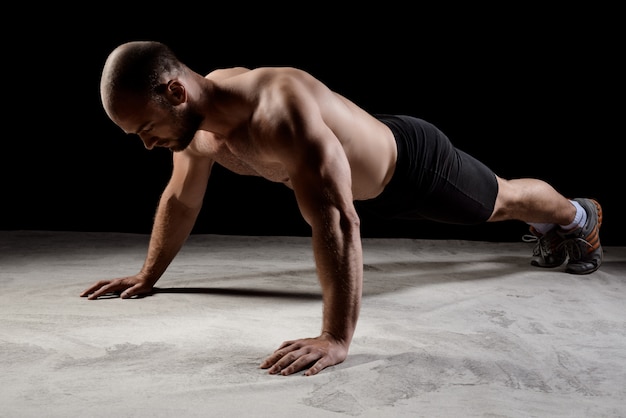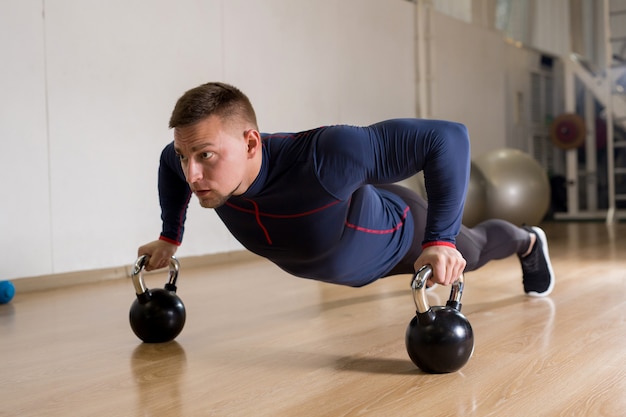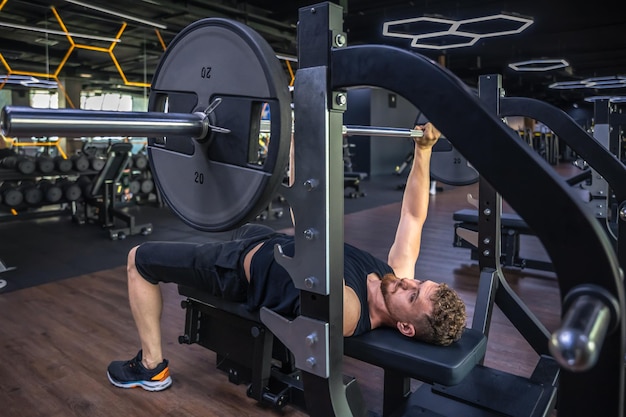If you're aiming to lose weight and build strength without spending hours in the gym, High-Intensity Interval Training (HIIT) could be your ultimate solution. More than just a calorie burner, HIIT is scientifically proven to boost metabolism, preserve lean muscle, and improve cardiovascular health—all in significantly less time than traditional steady-state cardio.
This article breaks down five effective ways to build strength using HIIT, explains why each method works, and shows you how to adapt the workouts based on your fitness level. Whether you're a beginner or looking to revamp your routine, these strategies are designed for sustainable fat loss and functional strength.
One of the most effective HIIT formats for building strength is combining compound strength exercises—like squats, push-ups, and lunges—with short cardio bursts such as jumping jacks or high knees.
Why it works: This hybrid approach keeps your heart rate elevated while engaging major muscle groups. The resistance builds strength, while the cardio intervals enhance fat burning through excess post-exercise oxygen consumption (EPOC), also known as the 'afterburn effect.'
How to adapt: Beginners can use bodyweight and extend rest periods (e.g., 40 seconds work, 20 seconds rest). Advanced users can add dumbbells or reduce rest to 10 seconds for greater intensity.

Instead of relying solely on bodyweight, incorporate resistance tools like kettlebells, resistance bands, or medicine balls into your HIIT circuits. For example: 30 seconds of kettlebell swings, 30 seconds of battle ropes, 30 seconds of weighted lunges.
Why it works: Resistance training under time pressure increases muscular endurance and strength. The explosive nature of these movements activates fast-twitch muscle fibers, which are crucial for building power and maintaining muscle during weight loss.
How to adapt: Start with lighter weights and focus on form. As strength improves, increase load or shorten rest intervals. Always prioritize control over speed to prevent injury.
Supersets involve performing two exercises back-to-back with no rest. In a HIIT context, pair upper and lower body movements (e.g., push-ups followed by jump squats) for maximum efficiency.
Why it works: This method increases time under tension while minimizing downtime. It elevates heart rate quickly and promotes full-body engagement, making it ideal for fat loss and functional strength.
How to adapt: Beginners can modify push-ups to knees or eliminate jumps. Advanced users can add a plyometric element (e.g., clapping push-ups or tuck jumps) to increase intensity.

Eccentric loading refers to the lowering phase of a movement (e.g., descending into a squat). Slowing this phase increases muscle tension and time under load.
Why it works: Eccentric training causes greater muscle fiber recruitment and micro-tears, leading to stronger, more resilient muscles. When combined with explosive concentric (upward) movements in HIIT, it enhances strength gains and metabolic burn.
How to adapt: Use a 3-second lowering phase followed by a 1-second explosive rise. For example: slow squat down, jump up. Adjust volume based on recovery capacity—start with 2 rounds and build gradually.
Progressive overload—gradually increasing workout demand—is essential for long-term strength development. In HIIT, this doesn’t always mean lifting heavier; it can mean increasing work intervals, reducing rest, or improving form.
Why it works: Without progression, the body adapts and plateaus. By systematically challenging your system, you continue to build strength and burn fat efficiently.
How to adapt: Track your workouts weekly. For example: Week 1 – 30 seconds work, 30 seconds rest; Week 2 – 40 seconds work, 20 seconds rest; Week 3 – add resistance. This ensures continuous improvement without overtraining.

HIIT is uniquely effective because it simultaneously targets fat loss and muscle preservation. Unlike long cardio sessions that may lead to muscle breakdown, HIIT stimulates anabolic hormones and increases metabolic rate for hours post-workout.
Studies show that even 20 minutes of HIIT, performed 3–4 times per week, can lead to significant reductions in body fat and improvements in strength and endurance. Plus, many HIIT workouts can be done at home with minimal equipment—making it accessible and time-efficient.
By integrating strength-focused HIIT into your routine, you’re not just burning calories—you’re building a stronger, leaner, and more resilient body. Start where you are, progress wisely, and enjoy the results.

Fitness

Fitness

Fitness

Fitness

Fitness

Fitness

Fitness

Fitness

Fitness

Fitness

Fitness

Fitness

Health

Fitness

Health

Health